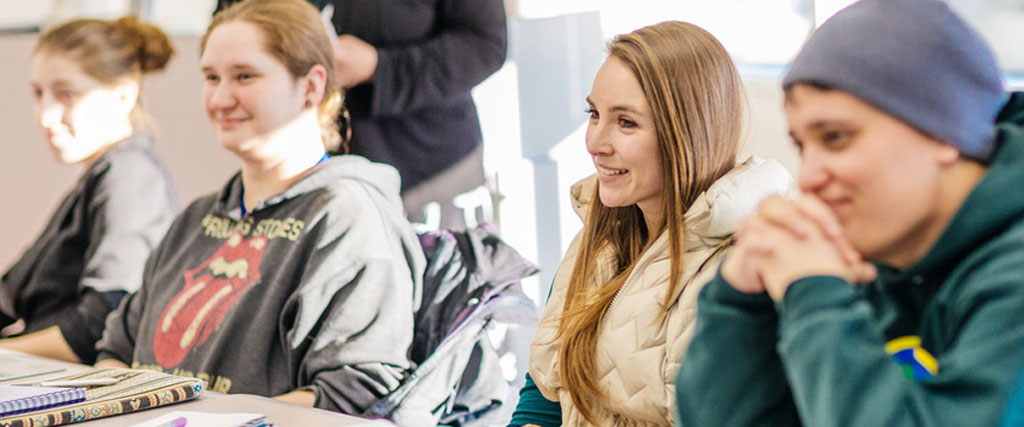
How to Calculate Your NBA Bet Winnings in 3 Simple Steps
2025-10-29 10:00
I remember the first time I placed an NBA bet—it felt like trying to solve a complex math problem while the game clock was ticking down. Much like Swann from my favorite coming-of-age story, I've always been someone who needs to document and understand things thoroughly. Her compulsion to record life's moments resonated deeply with me, and in my world, that translates to meticulously tracking betting patterns and calculating potential returns. There's something profoundly comforting about having a system, whether you're preserving memories or figuring out exactly how much you stand to win from a successful wager. Over the years, I've developed what I believe is the most straightforward method to calculate NBA bet winnings, and today I'm sharing this process that has served me well through countless seasons.
Let's start with the basics—understanding American odds, which can appear confusing at first glance but become second nature with practice. When I first encountered +150 or -200 odds, I'll admit it felt like deciphering hieroglyphics. Positive numbers indicate how much profit you'd make on a $100 bet, while negative numbers show how much you need to wager to win $100. For instance, if you bet $50 on the Lakers at +200 odds and they win, your calculation would be straightforward: $50 × (200/100) = $100 profit, plus your original $50 stake returned, totaling $150. I personally prefer betting on underdogs with positive odds—there's something thrilling about that potential upside that makes the game more exciting for me. The calculation changes slightly with negative odds. Suppose you place $130 on the Celtics at -130 odds. Your calculation would be $130 × (100/130) = $100 profit, plus your original $130 stake, returning $230 total. I always recommend writing down these calculations when you're starting out—much like Swann with her camera, having that tangible record helps cement the understanding.
Now comes the crucial second step—factoring in the vig or juice, which represents the sportsbook's commission. This is where many novice bettors make mistakes, as they focus solely on the potential payout without considering this built-in fee. The standard vig for most NBA bets hovers around 4.8% across major sportsbooks, though I've seen it fluctuate between 4.5% and 5.2% depending on the game's popularity and timing. Let me give you a concrete example from last season's playoffs. I placed a two-team parlay bet with $100 at odds of +260 on each selection. The apparent calculation would suggest $100 × (260/100) = $260 profit per team, but that doesn't account for how parlays compound the vig. The actual payout came to $640 instead of the $720 that simple math might suggest—that $80 difference represents the sportsbook's edge. I've developed a personal rule of always subtracting approximately 3-5% from my initial calculations to account for this, which has saved me from disappointment numerous times. It's similar to how Swann might later realize that her recorded memories didn't capture the full complexity of the moments she tried to preserve—there's always something that doesn't translate perfectly.
The final step involves practicing with actual examples until the process becomes intuitive. Let me walk you through a real scenario I encountered during last year's NBA Finals between the Warriors and Celtics. I placed a $75 bet on the Warriors moneyline at -140 odds. Using the calculation method we discussed earlier, I determined that $75 × (100/140) = $53.57 in potential profit. Adding back my original stake, I knew a Warriors victory would return approximately $128.57. When they won, the actual payout was $128.60—that tiny discrepancy reminded me of the importance of understanding that sportsbooks sometimes round figures differently. Another bet I frequently make is on point spreads, where the odds are typically -110. If I wager $110 on a point spread at -110 odds, my calculation would be $110 × (100/110) = $100 profit, returning $210 total. What many don't realize is that -110 odds imply a 52.4% probability in the sportsbook's assessment, yet you need to win only 52.38% of such bets to break even—that tiny 0.02% difference represents the sportsbook's long-term advantage. I've tracked my own betting performance over the past three seasons and found that my actual win rate on spread bets sits around 54.7%, which translates to a modest but consistent profit of approximately $1,240 across 380 bets.
Looking back at my betting journey, I can't help but see parallels to Swann's character development—both involve moving from uncertainty to understanding through careful observation and systematic recording. My advice to new bettors mirrors what I'd tell my younger self: start with simple moneyline bets, master those calculations, then gradually progress to more complex wagers like parlays and teasers. The mathematics of sports betting isn't just about numbers—it's about developing a relationship with probability and risk that feels personal and manageable. Just as Swann found comfort in documenting beauty amid insecurity, I've found reassurance in having a clear method to navigate the unpredictable world of NBA betting. The calculations become almost meditative after a while, transforming from anxiety-inducing puzzles to familiar rituals that enhance rather than detract from enjoying the game. What began for me as awkward fumbling with odds and payouts has evolved into a seamless process that feels as natural as checking the scoreboard—and that transformation alone has been worth more than any single winning bet.

